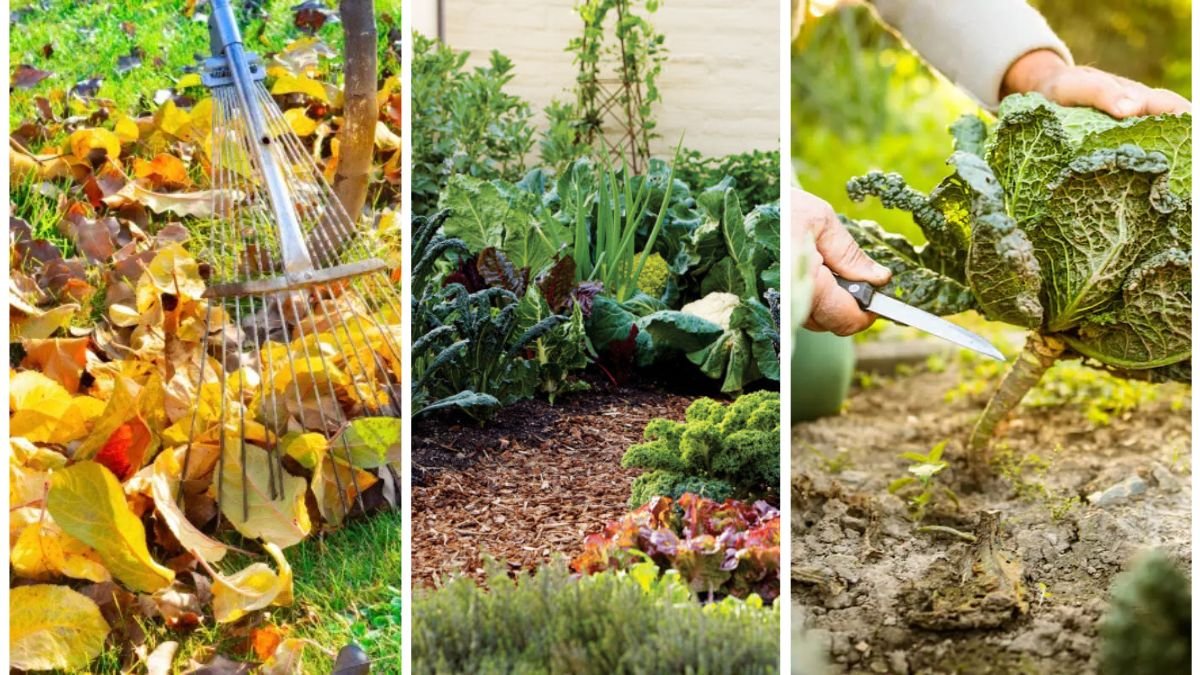As the days grow shorter and temperatures drop, many gardeners assume that the harvest season is over. However, with careful planning, preparation, and management, your garden can remain productive well into November. Late-season gardening allows you to enjoy fresh vegetables, herbs, and even flowers long after the peak of summer, taking advantage of cooler temperatures and reduced pest pressure. This article explores practical strategies for maintaining a productive garden through November, including crop selection, soil care, frost protection, and harvest management.
Why November Gardening Matters
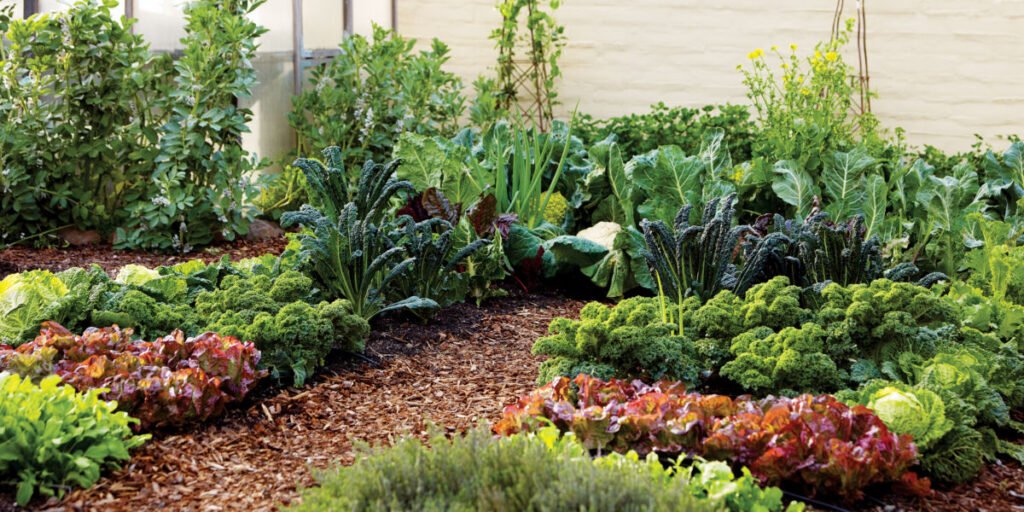
Late-season gardening offers several benefits:
- Extended Harvest: By planting and maintaining cold-tolerant crops, gardeners can continue harvesting fresh produce even after the first frost.
- Improved Flavor: Many vegetables, including carrots, kale, and Brussels sprouts, become sweeter and more flavorful after exposure to cool nights.
- Pest Reduction: Cooler temperatures naturally reduce the activity of many common garden pests, minimizing damage and reducing the need for pesticides.
- Efficient Garden Use: Maintaining productivity in November ensures that garden beds do not sit idle, making the most of available space and resources.
By understanding the needs of late-season crops and employing the right strategies, gardeners can keep their gardens thriving through November.
Step 1: Choose the Right Crops for Late-Season Growth
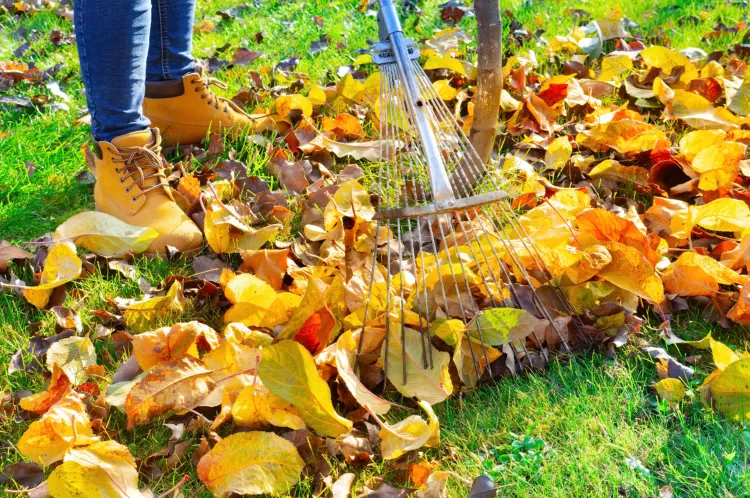
Not all plants perform well in cold weather. Choosing frost-tolerant and cool-season crops is essential for maintaining garden productivity.
Top Vegetables for November Gardening:
- Leafy Greens: Kale, spinach, lettuce, and Swiss chard thrive in cool weather and often improve in flavor after frost.
- Root Vegetables: Carrots, beets, radishes, and turnips develop sweetness in cold soil and store well.
- Cabbage Family: Broccoli, cauliflower, Brussels sprouts, and cabbage are hardy and suitable for late-season growth.
- Alliums: Garlic, onions, and leeks tolerate cold temperatures and can be harvested or left to mature over winter.
- Herbs: Parsley, cilantro, chives, and thyme remain productive with mild frost protection.
Selecting appropriate crops ensures that your garden continues to yield nutritious and flavorful produce during late fall.
Step 2: Prepare and Maintain Soil Health
Healthy soil is the foundation for late-season productivity. In November, soil requires attention to ensure crops can withstand cooler temperatures.
Soil Preparation Tips:
- Remove Debris: Clear out spent summer crops, weeds, and fallen leaves to reduce disease and pest risks.
- Add Organic Matter: Incorporate compost or well-rotted manure to improve fertility and soil structure.
- Check Soil pH: Aim for slightly acidic to neutral soil (pH 6.0–7.0) for most vegetables. Adjust with lime or sulfur as needed.
- Mulch: Apply a 2–3 inch layer of straw, shredded leaves, or compost to retain moisture and insulate roots.
Proper soil preparation ensures that plants have the nutrients and protection they need to grow strong, even as temperatures drop.
Step 3: Stagger Planting and Succession Planting
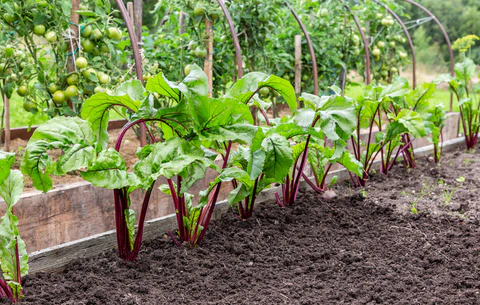
To maximize productivity through November, consider using succession planting and staggered sowing:
- Quick-Growing Crops: Radishes, arugula, and spinach mature in 3–6 weeks. Sow new seeds every 2–3 weeks for continuous harvest.
- Medium-Growing Crops: Kale, broccoli, and carrots take 6–10 weeks. Plant in intervals to avoid gaps in harvest.
- Slow-Growing Crops: Brussels sprouts and winter cabbage may take 12–14 weeks. Plant early enough to reach maturity before frost becomes severe.
Succession planting ensures a constant supply of fresh produce, even as older crops are harvested or affected by colder temperatures.
Step 4: Provide Frost Protection
Late fall often brings frost, which can damage tender plants and halt growth. Protecting your crops helps maintain productivity through November.
Frost Protection Strategies:
- Row Covers: Lightweight fabric covers trap heat while allowing sunlight and moisture to reach plants.
- Cold Frames: Mini-greenhouses provide a shield for small crops, extending the growing season.
- Mulching: Thick layers of organic mulch insulate roots and moderate soil temperature.
- Containers and Raised Beds: Plants in pots or raised beds can be moved to sheltered locations during freezing nights.
These protective measures help crops survive cold snaps and continue producing nutritious, flavorful vegetables.
Step 5: Optimize Watering and Care
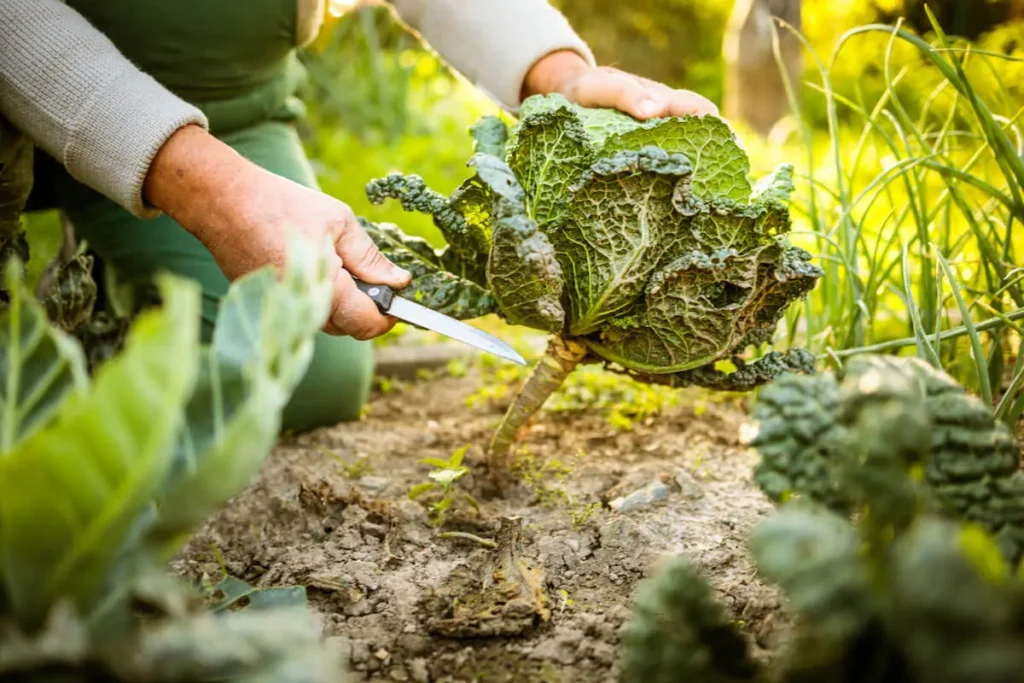
Even in cooler weather, late-season crops require consistent care to remain productive.
Watering Tips:
- Maintain Moisture: Keep soil evenly moist without overwatering, as cold soil slows evaporation.
- Water in the Morning: Allows foliage to dry before evening, reducing disease risk.
- Mulch Retention: Helps retain soil moisture and insulate roots from temperature fluctuations.
Additional Care:
- Monitor Pests: While pest activity decreases in November, slugs and aphids may still be present. Use organic controls or companion planting to manage infestations.
- Harvest Regularly: Promptly harvest leafy greens, root vegetables, and herbs to encourage continued growth.
- Prune and Clean: Remove damaged leaves and stems to prevent disease and improve air circulation.
Consistent care and maintenance allow crops to thrive despite shorter days and colder temperatures.
Step 6: Extend Productivity with Season Extension Techniques
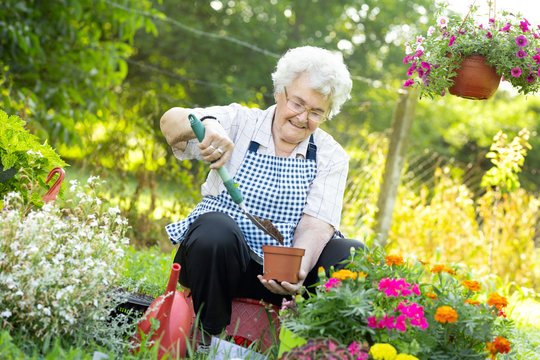
Several strategies can further prolong the productivity of your garden through November:
- Hoop Houses or Tunnels: Cover beds with hoops and fabric to trap heat and shield crops from frost.
- Cloche Covers: Individual cloches protect small plants or seedlings from freezing temperatures.
- Layered Protection: Combine mulch, row covers, and raised beds to create a microclimate that extends growth.
- Container Gardening: Grow herbs and small vegetables in portable containers that can be moved indoors during extreme cold.
Season extension techniques give gardeners flexibility and ensure fresh produce continues to be available well into late fall.
Step 7: Plan for Storage and Preservation
Late-season harvests often yield large amounts of produce. Planning for storage and preservation ensures that vegetables remain usable throughout winter.
Storage Tips:
- Root Vegetables: Carrots, beets, and turnips store well in cool, dark, and moist conditions.
- Leafy Greens: Spinach, kale, and Swiss chard can be blanched and frozen for later use.
- Cabbage and Brussels Sprouts: Store in cool, ventilated areas or pickle for long-term preservation.
- Herbs: Dry or freeze fresh herbs to maintain flavor through winter.
Proper storage and preservation help maintain the benefits of your garden’s productivity beyond the growing season.
Benefits of Maintaining a Productive Garden Through November
- Extended Harvest: Enjoy fresh vegetables, herbs, and greens beyond the summer months.
- Improved Taste: Frost exposure enhances the natural sweetness of many crops.
- Pest Management: Cooler temperatures reduce the activity of most garden pests.
- Efficient Use of Space: Maintaining beds in November ensures maximum garden productivity.
- Nutritional Benefits: Late-season crops are rich in vitamins, minerals, and antioxidants.
By keeping your garden productive, you maximize both yield and flavor while ensuring that fresh, nutritious produce remains available throughout late fall.
Conclusion
Maintaining a productive garden through November requires careful planning, selection of frost-tolerant crops, soil preparation, and consistent care. Leafy greens, root vegetables, cabbage family crops, herbs, and quick-growing crops can all thrive with proper management. By employing succession planting, frost protection, season extension techniques, and careful harvesting, gardeners can extend their growing season and enjoy fresh, flavorful produce well into late fall.
November gardening is more than just harvesting—it is an opportunity to maximize the garden’s potential, improve crop quality, and continue enjoying the rewards of homegrown food. With thoughtful strategies and attentive care, your garden can remain productive, resilient, and deliciously rewarding until winter sets in.
